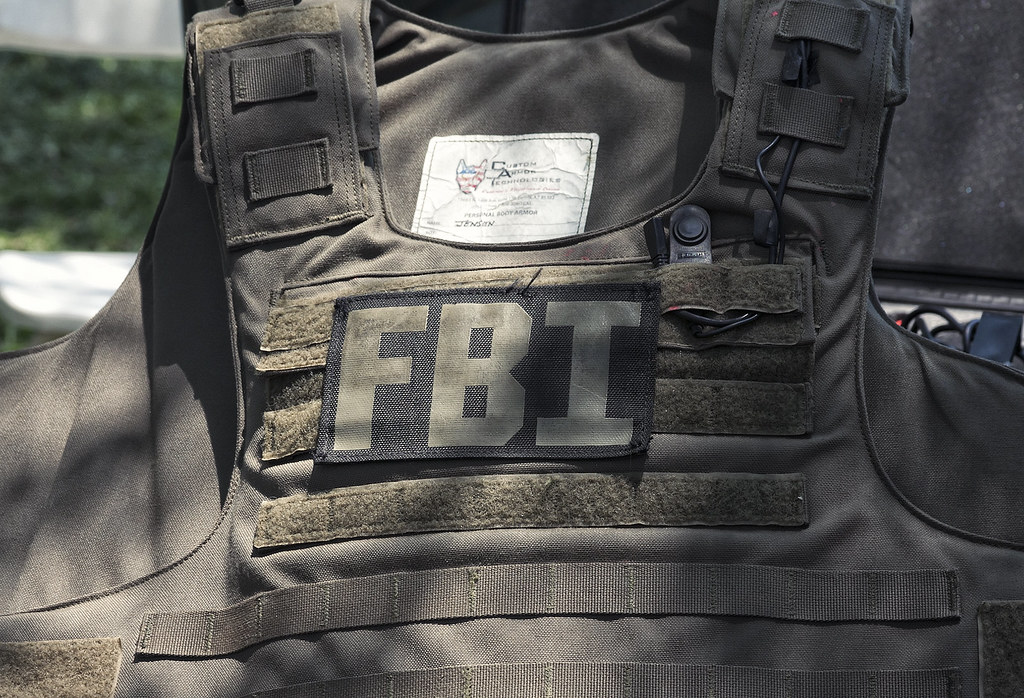Key Takeaways
- Two National Guard troops were ambushed one block from the White House
- A gunman fired three shots during an exchange of fire
- Both troops were critically injured; at least one was airlifted
- The suspect is alive but hurt; his name has not been released
- D.C. Police, the FBI, and the Secret Service are investigating
A sudden White House shooting on a busy street left two National Guard troops in critical condition. Video footage shows a man walking up to the soldiers and firing three shots. The incident unfolded just one block from the president’s residence. At first, officials mistakenly announced the troops had died. Later, they said the soldiers remained alive but seriously hurt.
Ambush Near the President’s Home
The White House shooting began in broad daylight. A gunman approached two soldiers who stood guard near Pennsylvania Avenue. Then he opened fire without warning. Passersby heard loud cracks and saw the suspect move toward his victims. Immediately, one of the troops returned fire. Bystanders scrambled for cover, and someone called 911.
Details of the White House Shooting
Shortly after the first blast, video captured the suspect dropping his hands and stumbling backward. He appeared injured, either from a trooper’s bullet or from shattered glass nearby. Meanwhile, the soldiers lay on the ground. Emergency crews arrived within minutes and rushed both troops to a hospital. One was airlifted to receive critical care.
The Injured Troops
Initially, conflicting reports spread online. West Virginia’s governor posted on social media that the soldiers had died. Later, he retracted the message, saying he had bad information. As of now, both National Guard members remain in serious condition. At least one was shot in the head. Doctors continue to monitor their progress.
The Suspect’s Condition
The suspect in the White House shooting is in custody. He did not run away. Instead, he seemed hurt right after the exchange of fire. While officers cuffed him, they noticed wounds on his arms and legs. He was also taken to a hospital for treatment. Authorities have not released his name or motive.
Ongoing Investigation
D.C. Police, the FBI, and the Secret Service quickly joined forces. They secured the scene with yellow tape and looked for clues. Investigators collected bullet casings, interviewed witnesses, and reviewed surveillance video. At the same time, they checked the bus stop area where glass had broken. They hope to piece together what inspired the gunman’s attack.
Public Reaction and Official Statements
Immediately after the shooting, tourists and locals shared shock and fear. Many posted on social media about hearing the shots. City officials urged calm and praised first responders. The White House issued a brief statement expressing concern for the injured troops. In addition, law enforcement said they would provide updates as they learned more.
What Comes Next
Investigators will examine the suspect’s background, possible ties, and any weapons he used. They will also study the footage that captured the entire incident. Moreover, they plan to question the suspect once he regains full capacity. Ultimately, they want to know why he targeted the National Guard troops.
Meanwhile, security experts will likely review guard protocols around the White House. They may recommend extra measures to protect those on duty. Residents and visitors can expect a temporary increase in patrols. Authorities may add barriers or adjust guard positions to reduce risk.
Lessons Learned
The White House shooting highlights the risks faced by guards who stand watch in public places. Even in high-security zones, threats can appear suddenly. Therefore, law enforcement units practice quick-response drills and communication plans. In addition, emergency medical teams remain on standby near key sites in the city.
In the future, officers might use new gear, such as advanced body armor or better surveillance tools. Likewise, command centers could use artificial intelligence to detect unusual movements. Ultimately, technology and training must work together to keep troops safe.
Community Support
After the shooting, neighbors left flowers and notes near the guard post. Some offered to donate blood for the injured troops. Community leaders organized a vigil to show solidarity. They lit candles and prayed for the soldiers’ recovery. These heartfelt actions remind us that compassion thrives even in moments of fear.
Meanwhile, military families held hands and stayed close. They exchanged hugs and offered emotional support. Some shared stories of past deployments and coping strategies. Together, they found strength in unity and in hope that their loved ones would heal.
FAQs
Why did the White House shooting happen?
Investigators are still working to find the motive. They plan to question the suspect and review all evidence.
Were the National Guard troops killed?
No. Initial reports were incorrect. Both troops survived but remain in critical condition.
Is the suspect in custody after the White House shooting?
Yes. Police arrested him near the scene. He also received medical care for his injuries.
What security changes could follow this White House shooting?
Officials may add more checkpoints, barriers, or guards. They might also upgrade surveillance and training methods.

